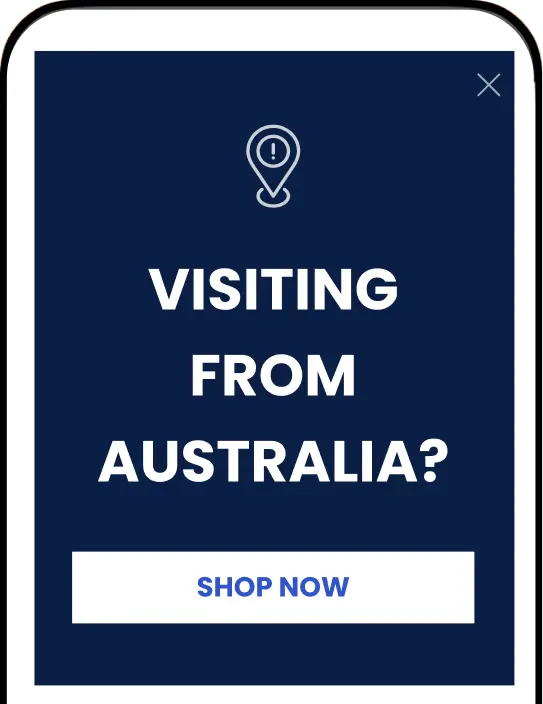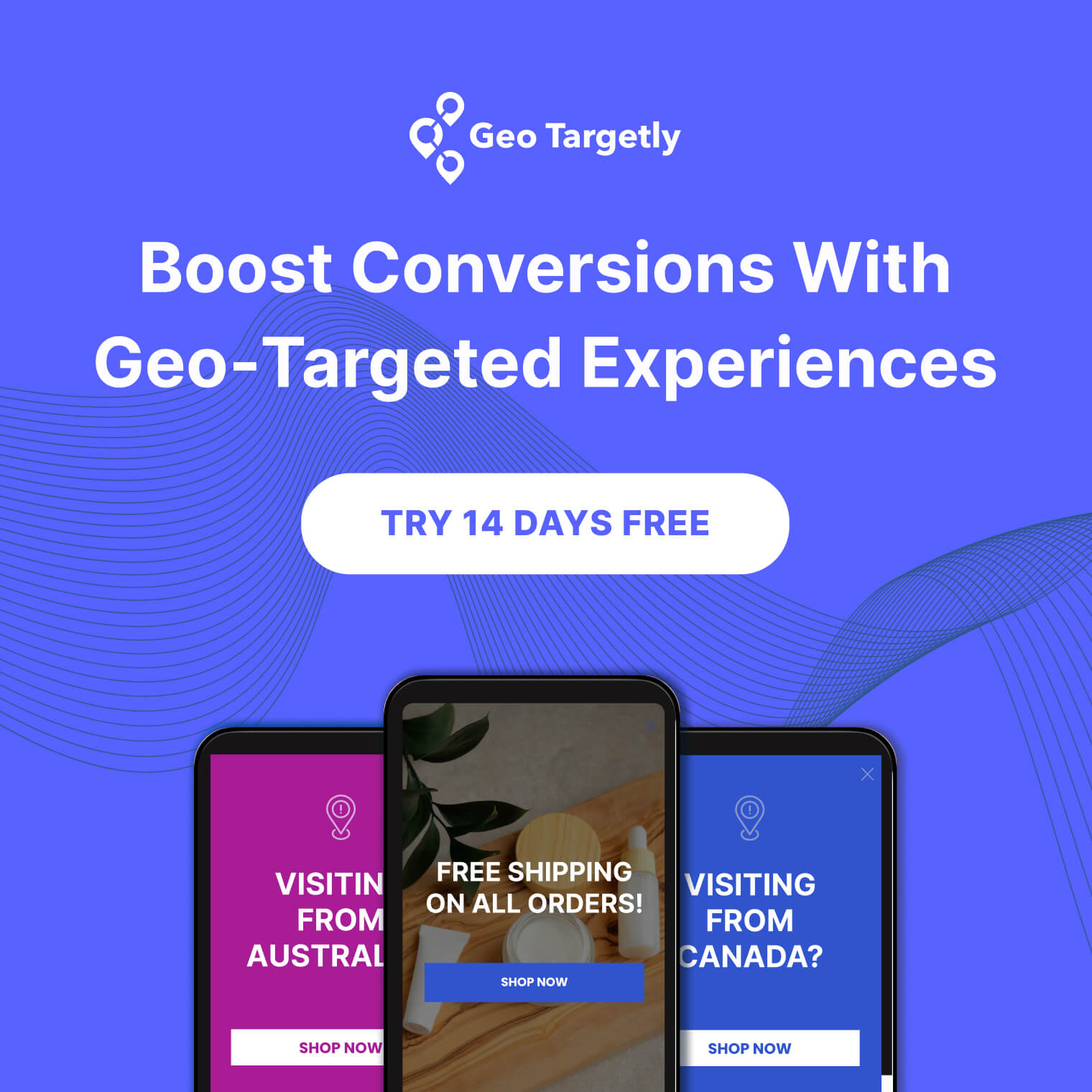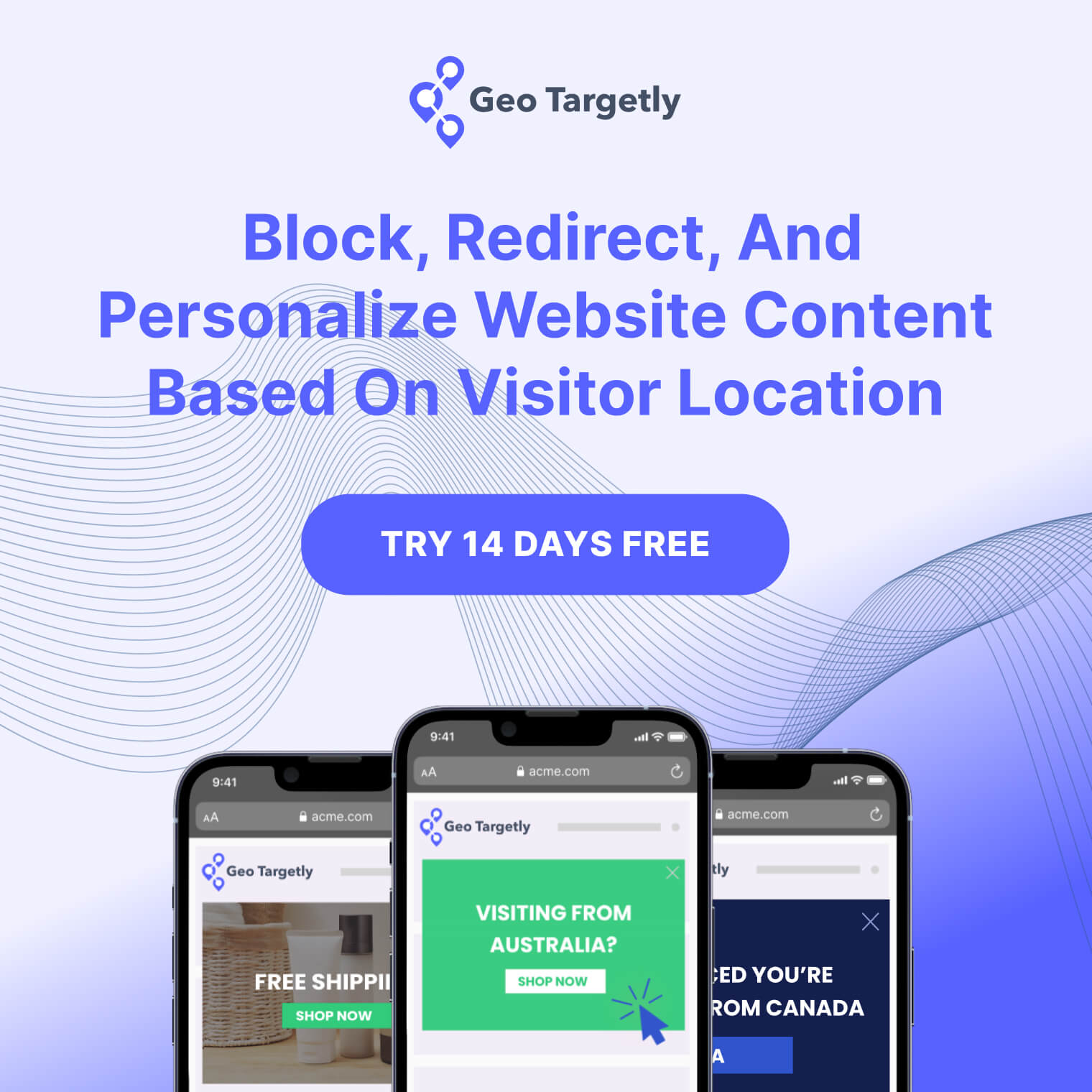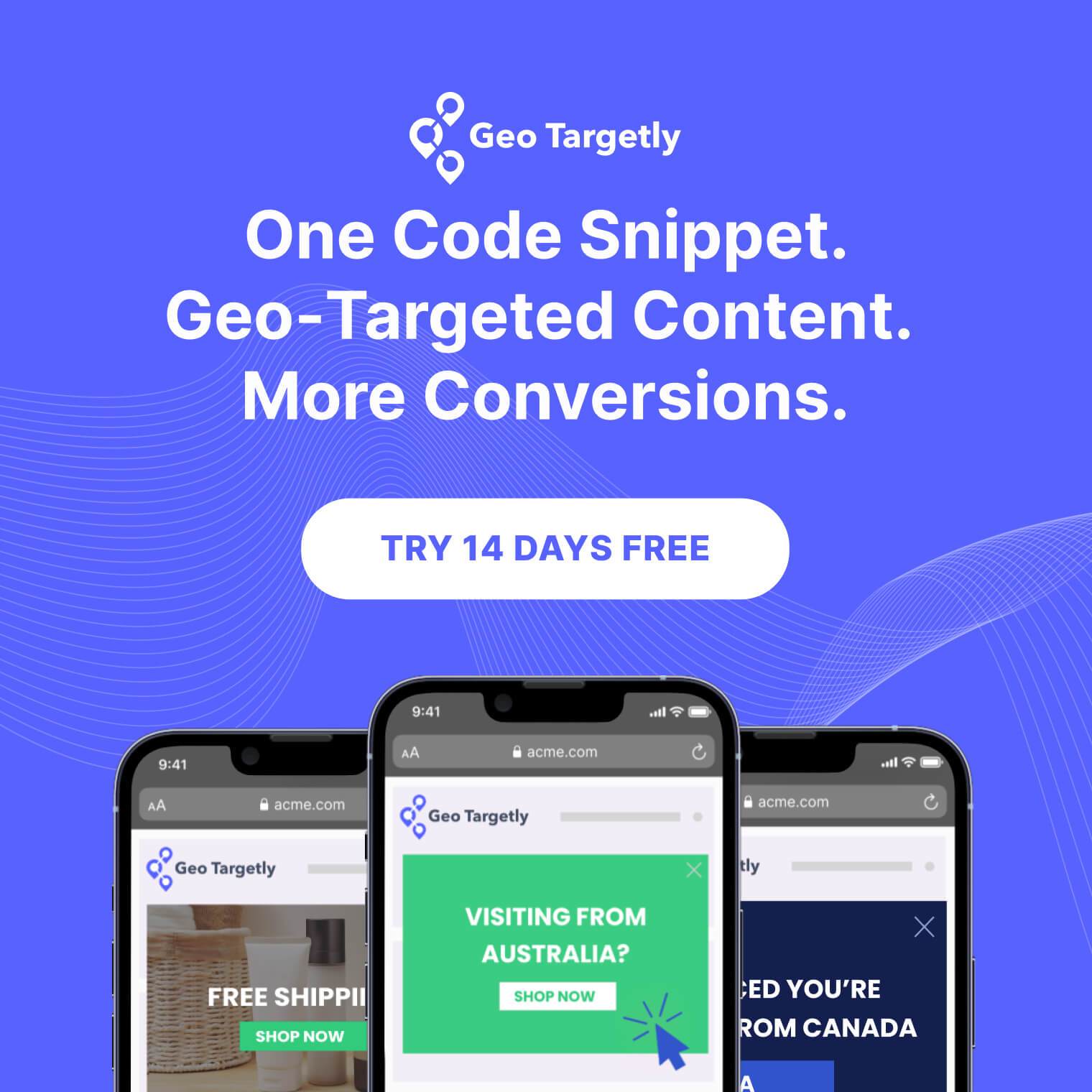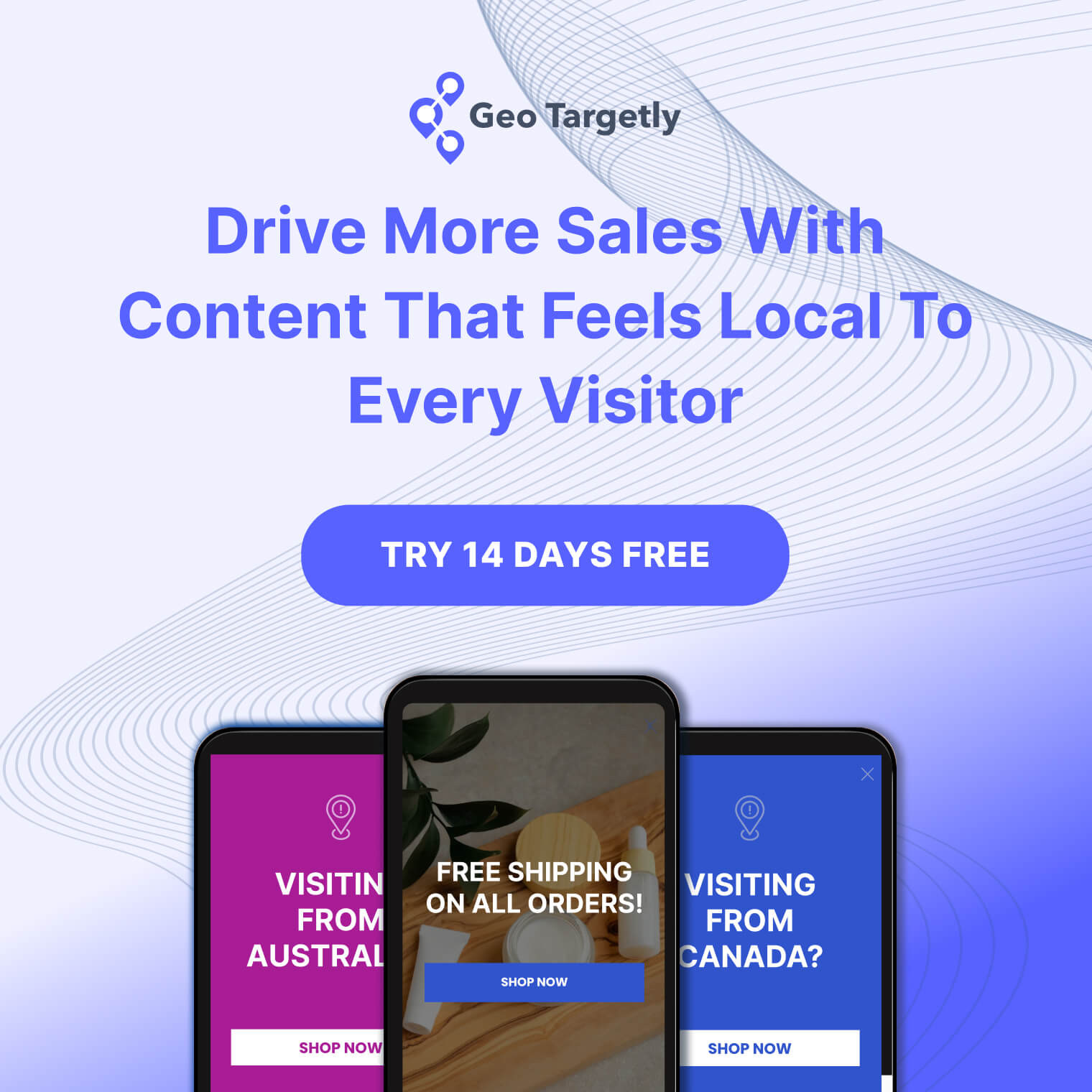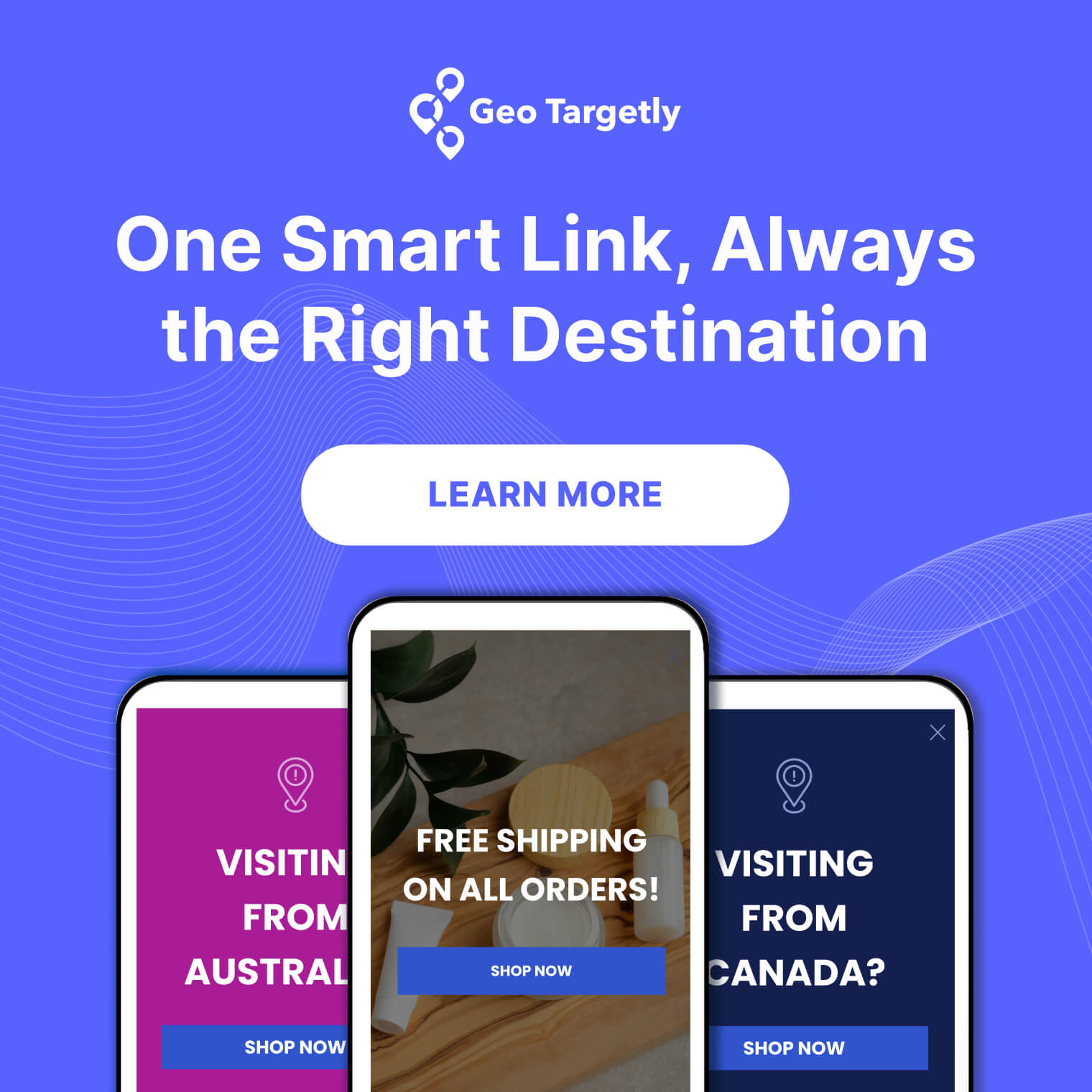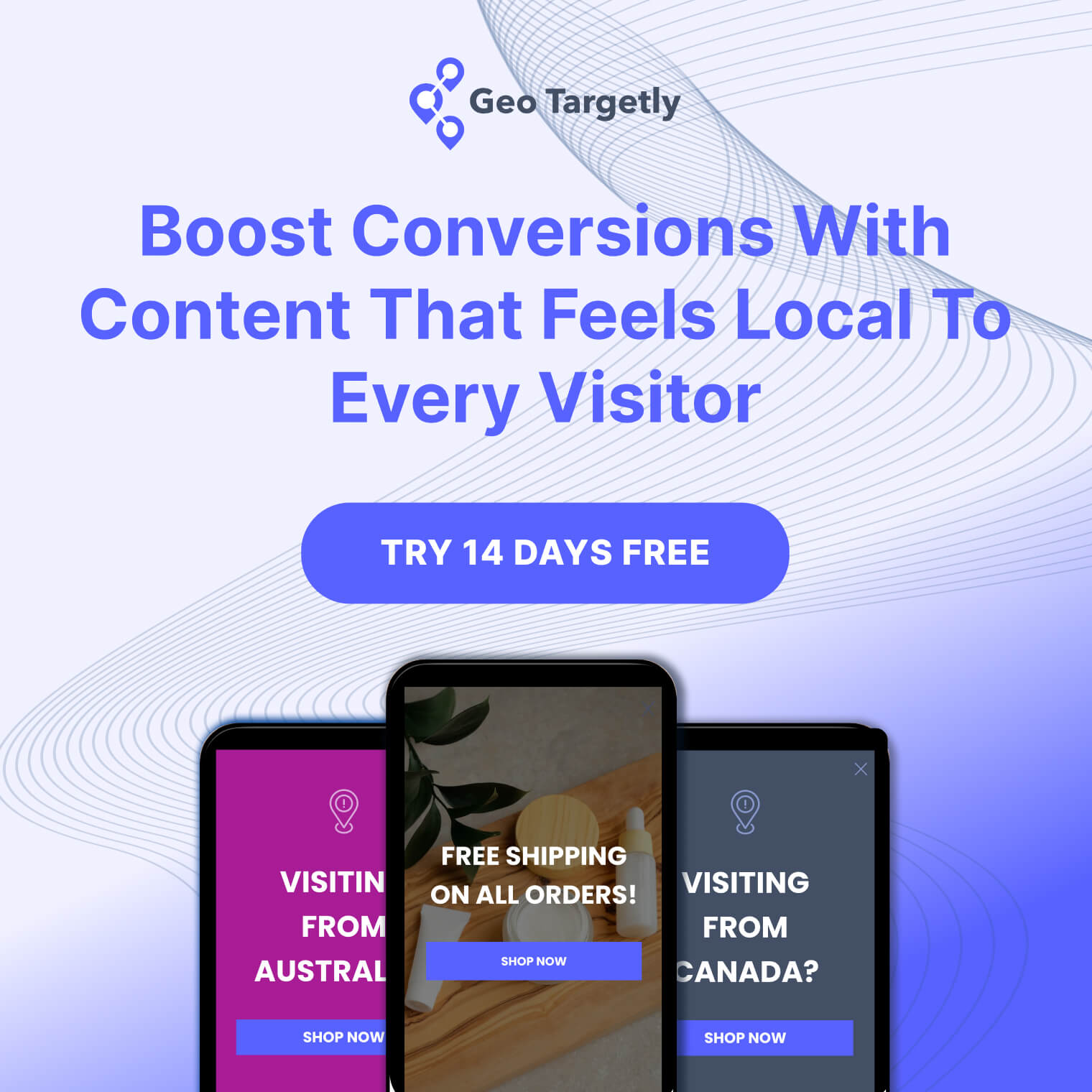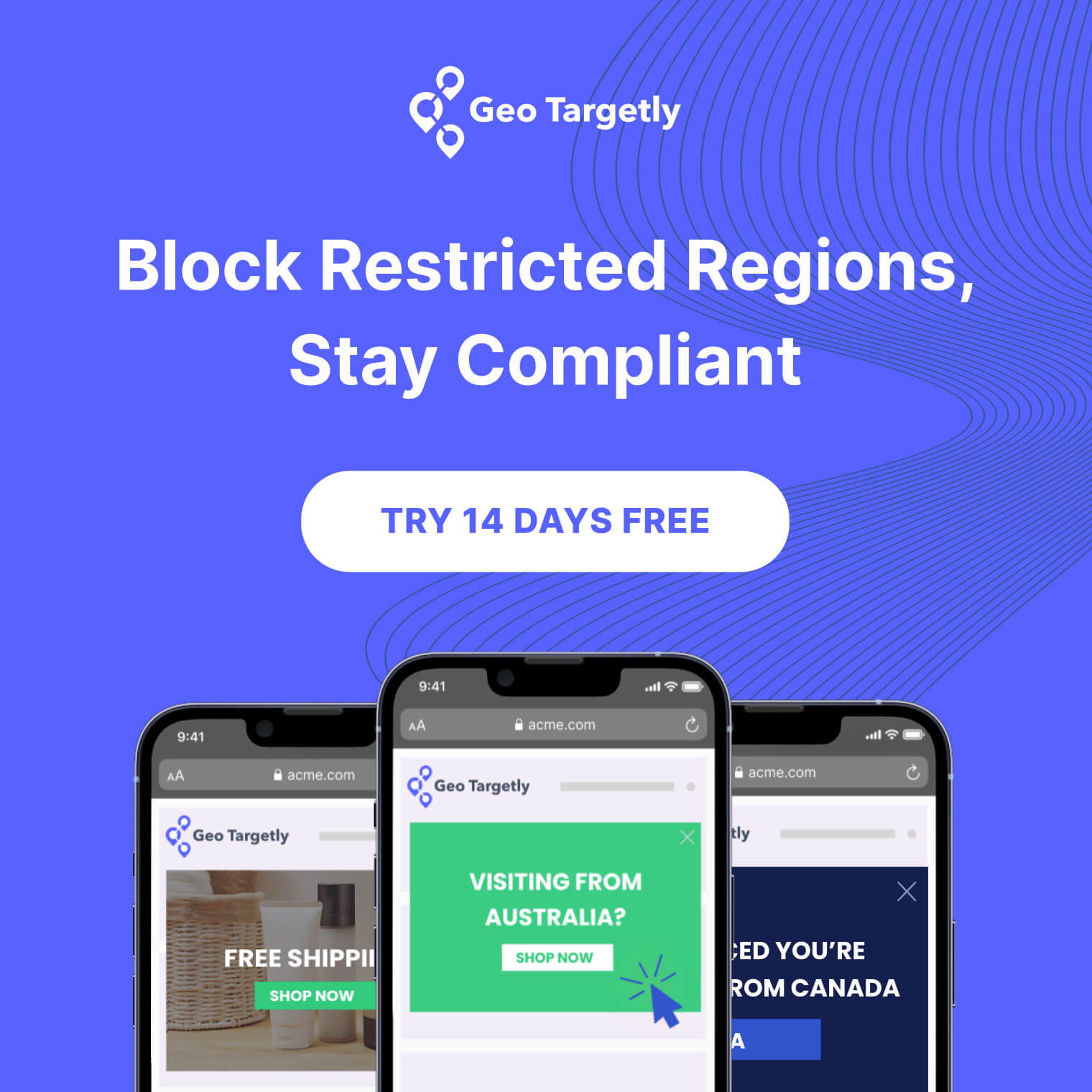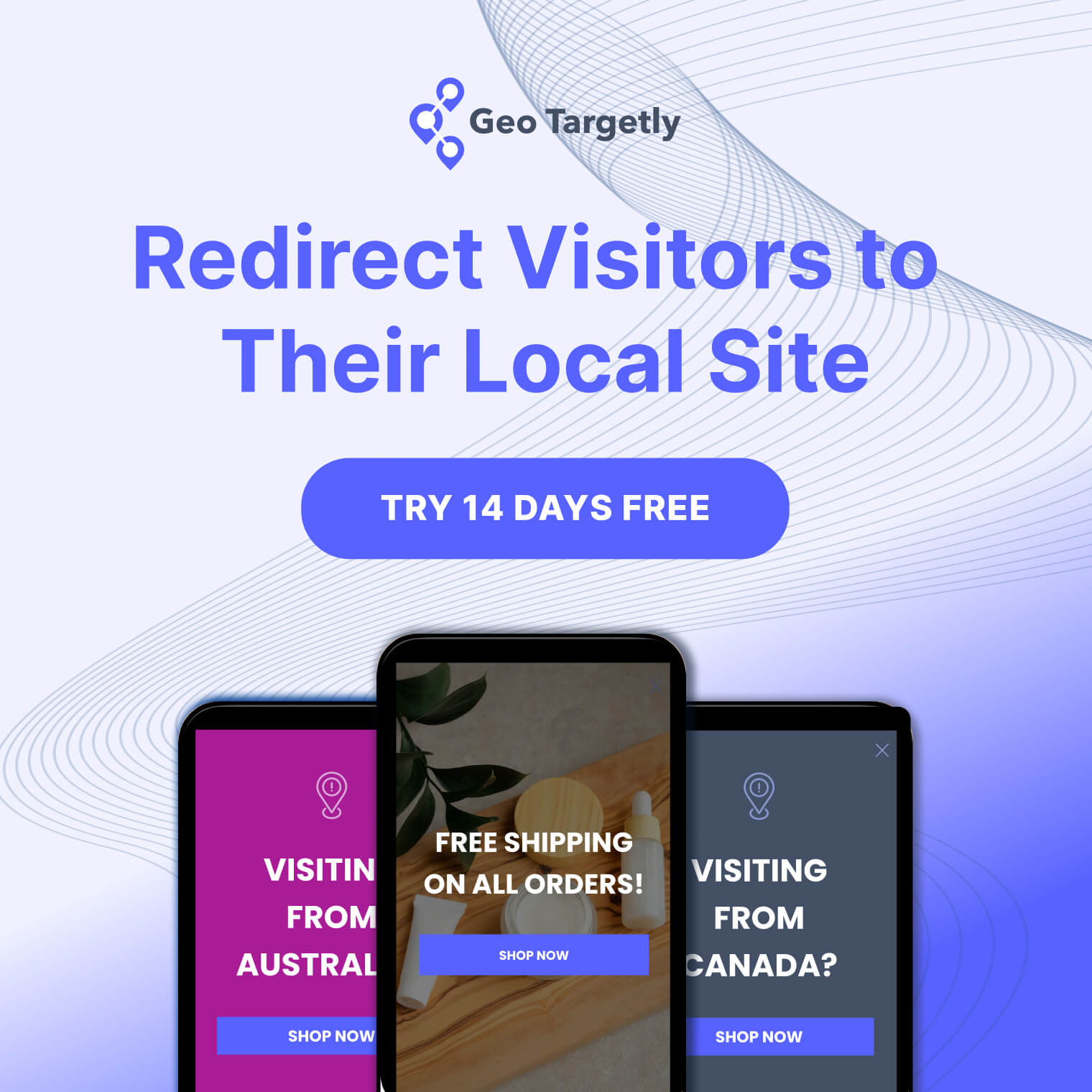

Key takeaways:
- Price for each country, do not rely on straight currency conversion. Show local currency with sensible price points.
- Localize content, language, and contact details to build trust and lift conversions.
- Keep stock, shipping rules, and taxes accurate per region to protect margins and reduce friction.
- Prefer separate country sites for control and SEO. A single global site suits very small catalogs only.
- Use geo redirection to send visitors to the correct local storefront automatically or with a prompt.
Thinking of expanding to overseas markets?
Great news, you have made the right choice! Expanding your e-commerce store to international markets is a great way to boost revenue. Depending on which market you are targeting, it may even result in more sales than your local market. For example if you are located in Canada, you might find selling into the US can create a bigger opportunity.
Let's take a dive into the challenges of selling products in multiple regional markets and look into the ideal solution when it comes to setting up your e-commerce store front, whether it is Shopify, BigCommerce, WIX, Squarespace, Wordpress or just about any e-commerce platform.
Challenges of selling in multiple countries
Products
It may not be possible to sell all your existing products into the overseas market. For example there might be regulation preventing a specific product from being sold in that country. Another example could be, your suppliers don't dropship to that country or you are unable to warehouse or deliver a specific product to that country.
Actual Pricing
Different regions have varying degrees of pricing sensitivity. For example a product selling in the US for $50 may not sell at the same price in an Asian market. This could be due to local competition or just pure willingness to pay. Hence you may need to price the same product differently in each country you are selling to. This will help maximize your conversions as the price is now suited to the local market.
Visual Pricing
Visual pricing refers to the how the price 'looks' and basically affects the phycological behavior in the purchasing process. For example you may price a product at $49 USD in the US but if you purely convert it to Canadian currency, it will be 62 CAD. You will have much better conversion if you sell it for 59 CAD.
Currency
Customers prefer to checkout in their local currency. This is a no brainer as no one likes to convert prices. People like to know how much a product costs up front. Having pricing in local currency makes it easy to compare and decide if the price is right. It also means the customer may not have to pay absurd currency conversion fees in their credit card. Geo Currency is a great tool to help you boost global sales with personalized, location-based pricing.
Stock
When selling to different countries, you may have different warehouses stocking the products. As a result the stock count for each country can differ. Having the right stock count in the store front is critical to ensuring an order can be fulfilled.
Shipping
Shipping cost can play a major factor in overall profit. It does not make sense to offer the same shipping costs to a local customer and and overseas customer depending on the size of the product. In fact optimizing shipping costs (lower cost for local customers) can boost conversions. To take advantage of this, it is necessary to be able to control shipping costs based on location.
Website Content
Different countries can have vastly different likes/dislikes as to how they prefer content to be displayed and written. Hence in order to maximize conversions, the content in your site needs to reflect how the local market prefers it. Not only that, you may need to display different contact information, phone numbers, address etc. to different countries. Geo Content is the best choice for personalizing your website content.
Website Language
The language barrier can become critical when selling to specific countries where English is not the first language. Hence it is important to have your website available in a local language. Geo Translate helps you solve this problem by offering location-based website translation and localization.
Search engine rankings
This is a critical factor in being able to grow your business. If you rely on search traffic as a primary driver of sales, ranking high in a local search engine can offer a great potential for your business. Ranking locally requires the use of local country domains or dedicated pages and content suited for that country.
Advertising
If you rely on running Google Ads, Facebook Ads, Instagram Ads or any other type of ads to drive sales, then being able to maximize conversions on the ad spend is going to be critical. This is mainly achieved by driving traffic from ads to high converting pages which in this case is, sending the visitor to a local shop-front with the right products, prices and content.
Taxation
Taxation is something that is forgotten easily but can play a major role in a product's final price. In some countries you may need to display prices inclusive of tax and others you don't need to do so. It can also become quite a complex process during checkout to ensure the right taxation rules are applied.
Trust
Finally everything comes down to trust. Having the right products, prices, content and a country specific domain can boost customer trust as it makes them feel like they are purchasing from a local company that can provide the best support and returns if anything does go wrong with the product.
Ideal way to structure your store fronts
Looking at the various challenges, there are two ways to approach this with one being much preferred. The preferred way being to have separate e-commerce stores/websites to target each country or region. The not so preferred way is to try to use apps and tools to fudge a single e-commerce store/website to have a one site-fits-all-regions solution.
Separate websites/domains for each country
This is the best long term solution to maximize conversions in each country. It is far easier and more manageable to have segregated stores for each region giving you complete control of all aspects of the store. You can then easily make use of Geo Redirection to route traffic to the correct store based on their location so visitors always get to the correct store. In summary if your plans to sell to an overseas market is serious and you have many products to manage, then going down this path of having separate stores will certainly give you the advantage.
Some benefits include:
- Each regional store can have products, prices, content, offers, shipping rates etc tailored to that region. This provides the best customer experience and increases your conversions.
- Utilizing a country level domain for each store (e.g. com, .com.au, co.uk, .ca ...) can provide a substantial benefit for local search engine rankings. Even if you use subdomains or subfolders, having separate sites with content tailored to that region maximizes your ability to rank well in a local search engine
- This setup provides the most flexibility for future growth. For example you might decide to sell a completely different product range in a specific region or even sell your business in that specific region. It also does not affect your current store and you can continue to run the local business as is.
Same website/domain for all countries
While this might seem to be an easy solution at first, it can become a nightmare when trying to fudge around products, prices, content, taxation, shipping and other details to suit various markets. We have seen many clients go down this route only to find out they run into major hurdles.
Many of the major e-commerce platforms such as Shopify and BigCommerce don't have the ability out of the box to easily create a multi-price per product setup tailored to the selected currency. This makes it outright difficult to target multiple countries in a single website.
Nevertheless if you are just starting out or have store with only a few products, you can create specific collection pages and product pages for each region and then utilize Geo Redirection to route visitors to the correct page based on their location.
Geo Redirection for multi-country e-commerce stores
Geo redirection is widely used technique to route traffic to the correct website based on a visitor's location. Many global e-commerce stores that have country specific websites make use of geo redirection to ensure their visitors reach their local site.
The advantage of geo redirection comes down to conversion rate. It can help boost customer trust as visitors see the correct store with the relevant products, prices, shipping rates and more.
Geo Targetly provides a Geo Redirect product that is super easy to setup and works with all major e-commerce platforms such as Shopify, BigCommerce, WIX, Magento, Woo Commerce, Squarespace and more. In a matter of minutes, you can start routing your traffic to the correct store. You can either choose an automatic redirect or a popup/announcement type redirect to suit your site design.

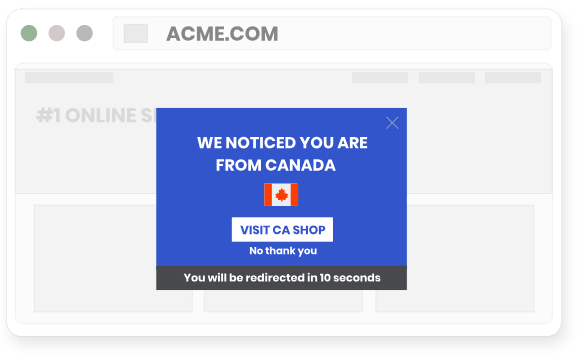





.webp)






